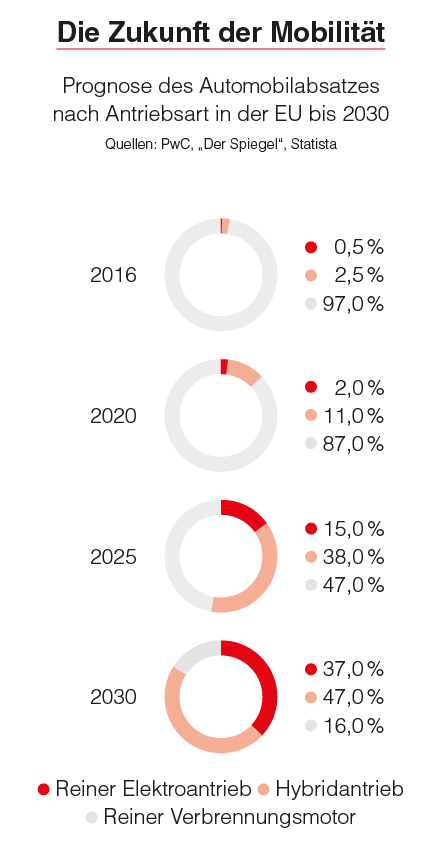Text Markus Huneke ––– Photography
If they hadn’t already done so, alarm bells must have rung loud and clear for steel manufacturers by the time the D2 model of the Audi A8 was launched. With over 90 per cent of its bodywork made of aluminium, this model – on the market since 1994 – threatened to displace steel as the undisputed number one material for cars. Even back then, requirements for safety, comfort and cost-efficiency and the growing role of environmental factors were making vehicles increasingly heavy. By using aluminium, a significantly lighter metal, manufacturers were able to make compensatory weight savings. Steel producers were put on their guard – and kick-started their research and development operations. This paid off, as the high-strength steels that were developed were far lighter and stronger than conventional steel grades, while also exhibiting outstanding formability. Automotive manufacturers were back on board.
With a 90 per cent market share, steel is the dominant construction material in automobile production today. It is a vast market, with just over 19 million cars produced in Europe alone last year. Since lightweight automotive construction was first introduced, the situation has intensified further. The debate about climate change is becoming much more controversial.
To stop the environmental impact from getting worse, emissions are being more tightly regulated by legislators. This also affects cars. By 2020, the emissions limit for new cars in the European Union (EU) will be a maximum of 95 grams of carbon dioxide per kilometre – and that limit is to fall by a further 37.5 per cent by 2030. The pressure to pursue lightweight construction has thus increased once again.
Benefits of steel – cost-effective and sound environmental credentials
Once again, steel producers have an answer – ultra-high-strength steels. These exhibit a strength of up to 1,900 megapascals – a figure that was considered utopian just ten years ago. High-strength and ultra-high-strength steels offer car manufacturers a group of materials that boast exceptional mechanical properties and a comparatively good carbon footprint in production while also ensuring cost-effectiveness. However, greater material strength makes steel processing increasingly demanding. High-performance and reliable partners such as Stahlo Stahlservice are becoming more and more important for the automotive industry.
By constantly developing its processing expertise and making continuous investments, the steel service centre – part of the Friedhelm Loh Group – has become a valuable partner for carmakers that is able to keep up with developments and reliably process high-strength and ultra-high-strength steels. Stahlo has underlined this commitment with its plant in Gera, which has just been completed and is equipped with the latest technology. Besides the existing systems, the new facility now also houses a second contour-cutting machine with a pressing force of 800 metric tons and an additional slitting line that can process coils in these steel grades with an external ring diameter of up to 2,100 millimetres and up to 60 strips in a single operation.
Lightweight construction trend waning – good news for the steel industry
Electromobility is throwing supplier markets in particular into disarray. The move away from combustion technology is presenting automobile production with the greatest challenge in its development and thus numerous uncertainties. Experts largely agree that electric and hybrid drives will make up a high proportion of vehicle production in the foreseeable future. Consultancy firm Pricewaterhouse Coopers (PwC) predicts that one in three new cars in the EU in 2030 will be electric – over six million vehicles.
Electric cars also eliminate the most important reason for pursuing lightweight automotive construction – cutting emissions. “The trend of reducing weight at any price is receding with electromobility,” says Kerstin Hirsch, Technical Applications Consultant at Stahlo Stahlservice. This paradigm shift is not having a serious impact on the use of steel. Quite the opposite, in fact. Although taking the drive train out of the equation disposes of an assembly that uses steel, the material could actually benefit from electrification in the end. Besides being used for crash-relevant bodywork parts, steel is also the ideal material for completely new products that will be needed in future.



